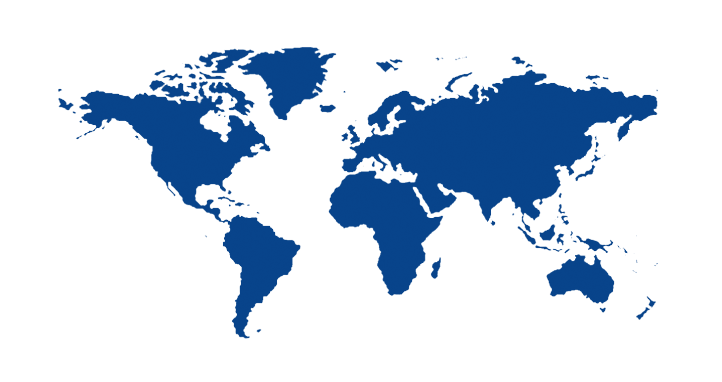New Machine Concept for Producing Tubing Meanders from a Coil
Examples of tubing meander applications have recently been gaining the attention of the general public. Especially when used for environmental purposes and in energy-related applications (HVAC) such as solar panels, meanders are employed for conducting the energy-storing medium.
Examples of tubing meander applications have recently been gaining the attention of the general public. Especially when used for environmental purposes and in energy-related applications (HVAC) such as solar panels, meanders are employed for conducting the energy-storing medium. Even many well-known household applications rely on meanders for radiators, heat exchangers, wall and overhead heating systems and not least of all the field of large appliances ("white goods"). The evaporator used in refrigerators is just one example.
To date, the bending process has started with material that has been cut to length. Compared to bending material taken from a coil, this approach has distinct disadvantages. When bending from a coil, significant cost reductions accrue from dispensing with the complex feeding and handling equipment that is no longer needed. This also applies to the waste resulting from inaccurately cut tubing and especially when the space required for the feeding and handling equipment is compared with that needed for a coil. When bending a meander, starting material lengths of 20 m and more are not at all uncommon. The smaller footprint is beneficial, above all, in terms of increased flexibility, since when bending from a coil the space required remains unchanged and largely independent of part geometry.
The production system is comprised of a coil of tubing, a modified WAFIOS BM50 wire bending machine, a rotary indexing table and customer-specific transport and ejection equipment.
The BM50 features a modified straightener and an optimised infeed mechanism for processing tubing taken from a coil, including the ability to rotate for production of 3-D parts. In addition, when cutting from the coil, the time-tested WAFIOS cut-off equipment is used. Besides the guide rail system for right- and left-hand bending, the BM50 features a special bending head with 4 CNC axes to accommodate different types of tooling. The rotary indexing table is adjustable for meander sizes of up to max. 2000 x 2300 mm (2300 x 2000 mm). The system can be converted at any time to the smaller platen sizes commonly found in wire processing, which makes it suitable for an almost infinite variety of conceivable parts.
The equipment is controlled by the time-tested WAFIOS WPS3 programming system in conjunction with a few additional specific features in the set-up mode and the well-known benefits such as programming in real length and angle units and even incorporation into a network.
The equipment can process copper and aluminium tubing starting at a wall thickness of 0.4 mm as well as steel and stainless steel.
In terms of processing, the approach employed does not differ significantly - up to the tooling - from "conventional" wire processing. The actual bending operation has employed roll bending technique to date.
In the equipment on display, the bending operation employs rotary draw bending using newly developed, multi-stage bending dies with tube clamping. These are suitable for different bending radii as well as right- and left-hand bending, and may be used in conjunction with tube separating devices based on breaking and tearing. Rotary draw bending permits bending of very tight radii with minimal decrease of ID when bending thin-walled tubing. This allows more material to be laid on a given surface, thereby increasing the efficiency. The high quality of the bend, in turn, reduces the resistance to flow and boosts the efficiency of the meander.
An exceptional bend quality is achieved as a result of the special tool arrangement and the particular bending technique. Thanks to the special feeding and straightening process, the workpieces are very flat; this largely prevents the so-called sawtooth effect, which can have an adverse effect when laser welding with 0.2 mm-thick material. Bent parts with very short legs, very tight radii and minimal decrease of ID are possible even with thin-walled tubing.
Contact
WAFIOS AG
Public Relations
Silberburgstraße 5
D - 72764 Reutlingen / Germany
Phone: +49 7121 146-0
Fax: +49 7121 491209
E-Mail: media@wafios.de







